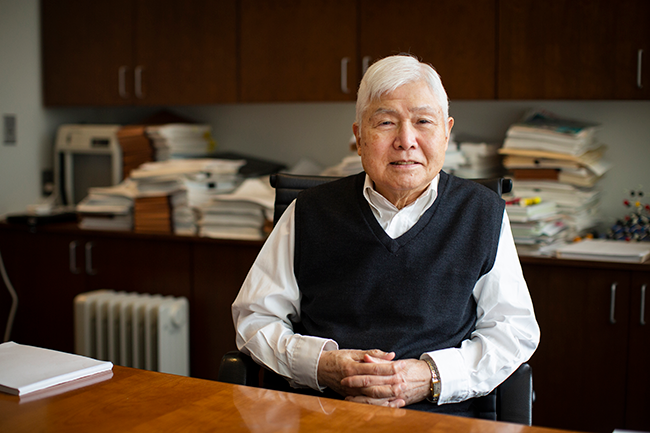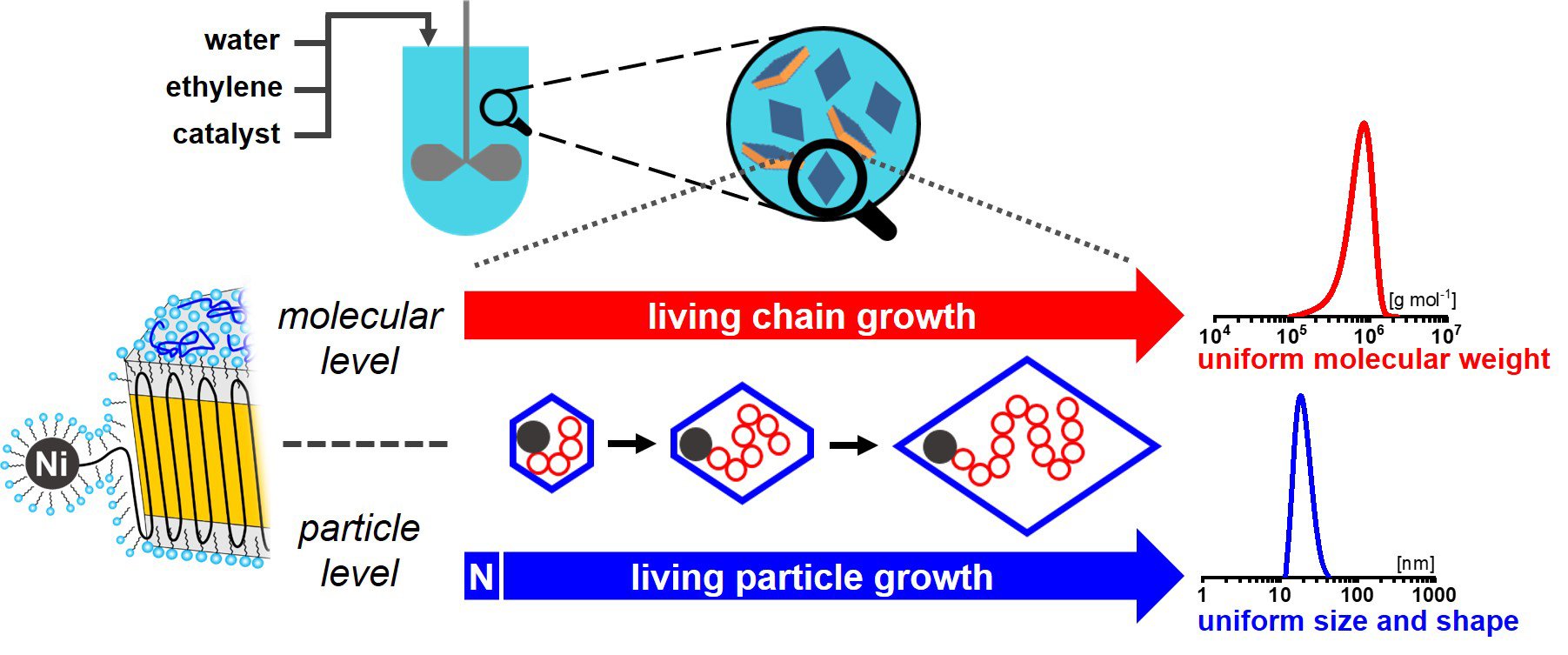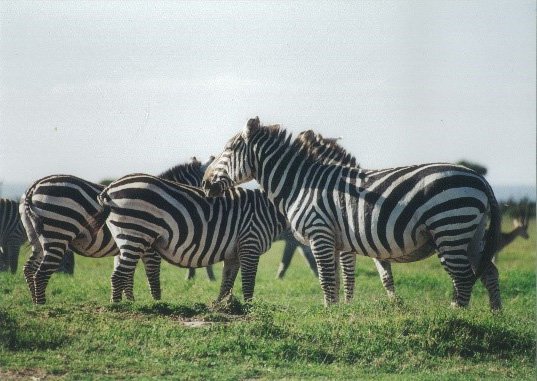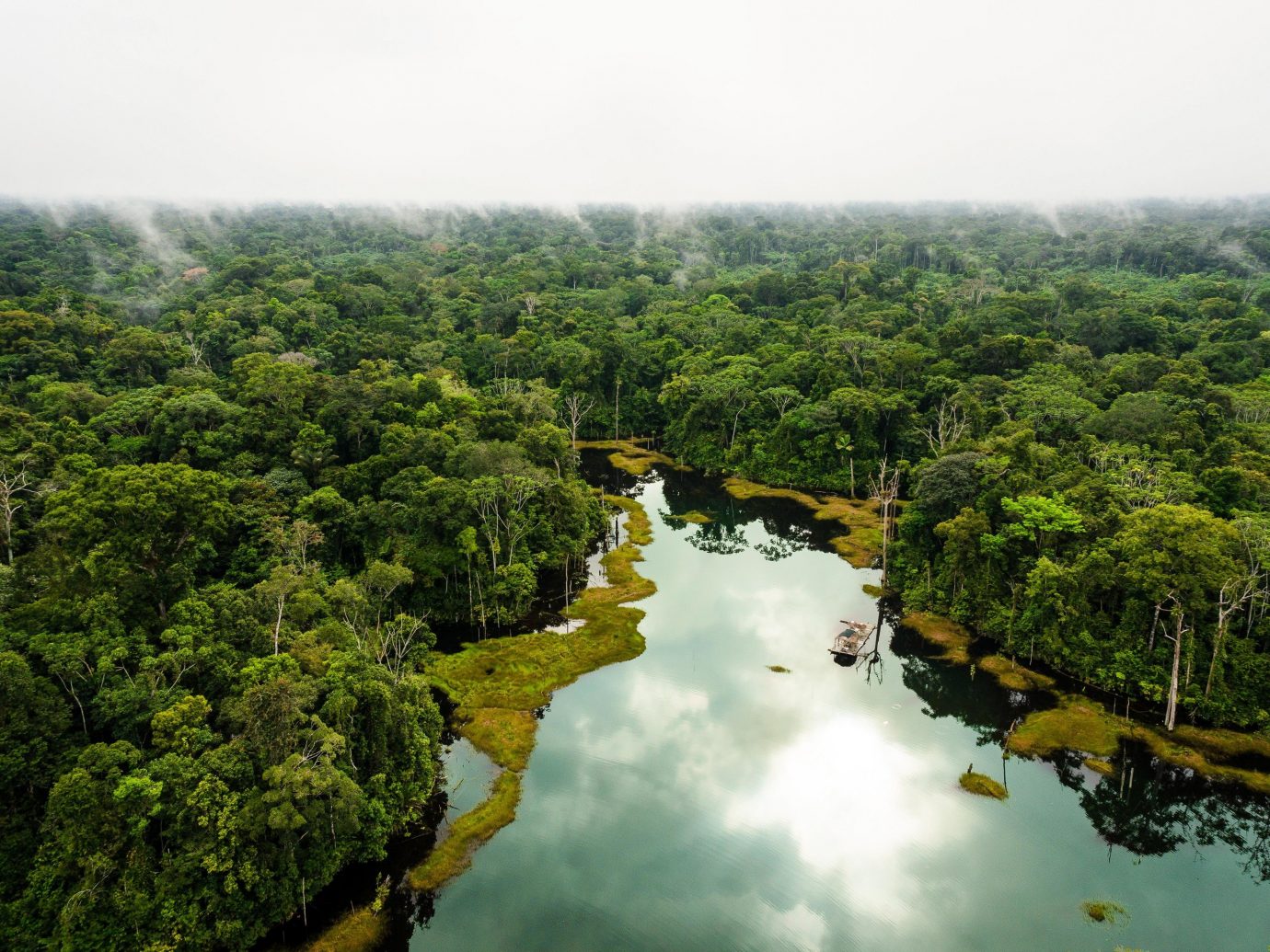Harvard chemists’ breakthrough in synthesis advances a potent anti-cancer agent
It’s a feat three decades in the making: Harvard University chemists have achieved what a new paper calls a “landmark in drug discovery” with the total synthesis of halichondrin. Known to be a potent anti-cancer agent in mouse studies, and found naturally in sea sponges – though only ever in minuscule quantities – the halichondrin … Read more








